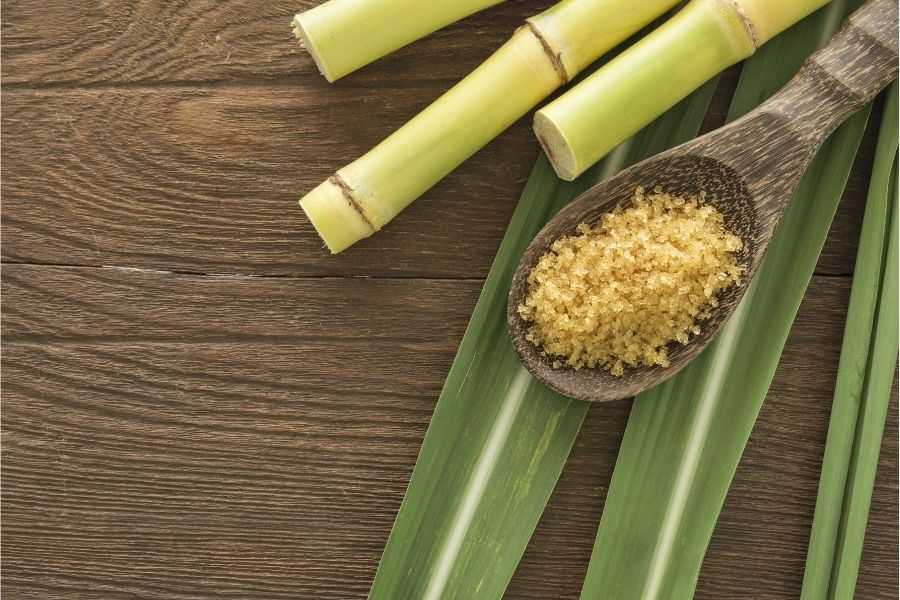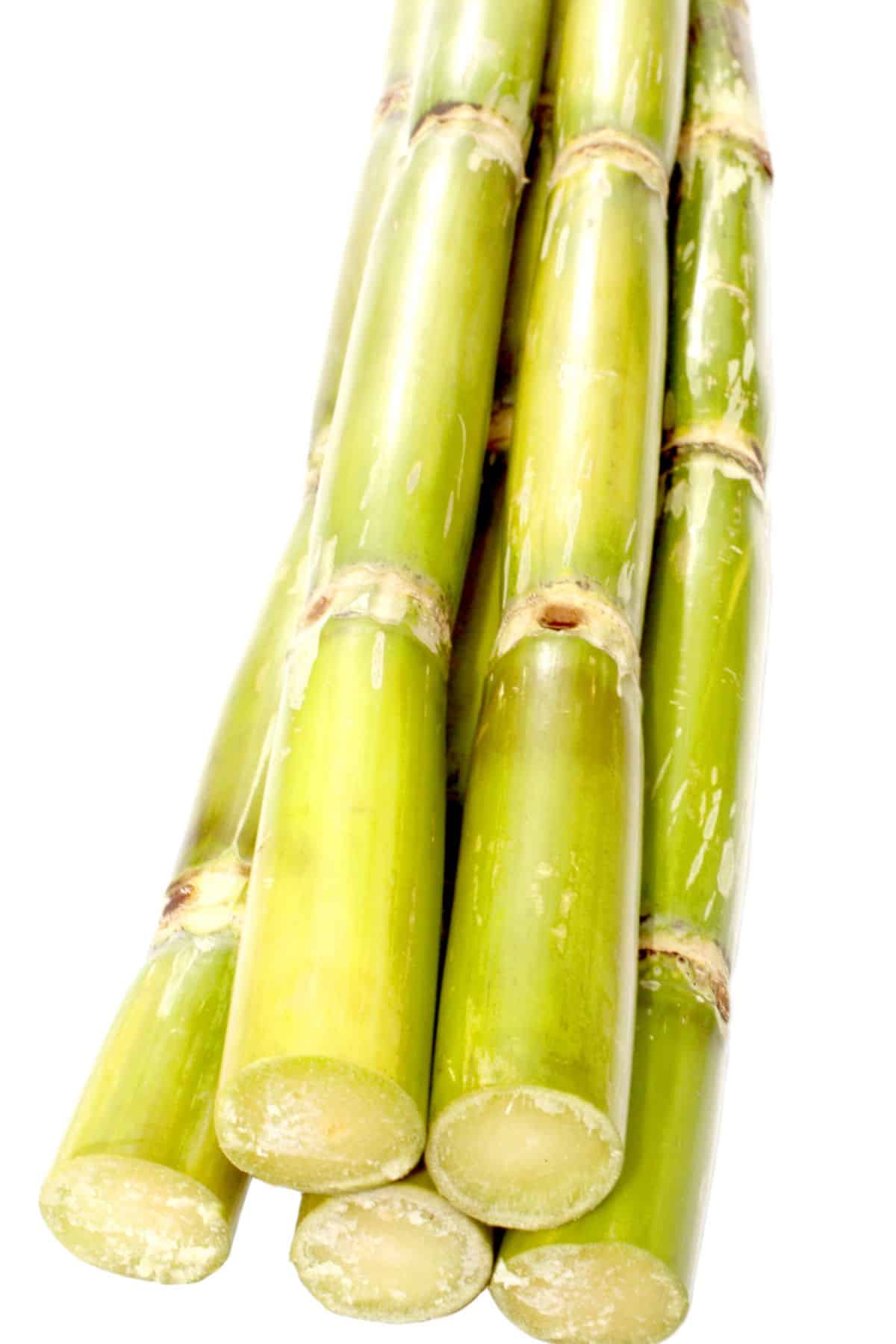Understanding the Essential Techniques and Technologies Employed in Modern Cane Sugar Processing
The advancement of walking stick sugar processing has actually been dramatically shaped by the integration of innovative strategies and modern technologies that attend to both performance and sustainability. As we check out these critical innovations, it comes to be essential to examine just how they not just enhance production yet also straighten with wider industry fads and customer needs, elevating questions about the future of sugar handling and its ramifications for global markets.
Historic Context of Cane Sugar Processing
The historical context of walking cane sugar processing discloses an abundant tapestry of agricultural technology and social exchange that has formed its advancement over centuries. The process of extracting and improving sugar acquired energy in India, where approaches for condensation were refined around the Sixth century.

Advanced Removal Techniques
Performance in walking cane sugar extraction has actually seen considerable innovations, driven by the need for greater returns and lower manufacturing expenses. Standard techniques have actually progressed, paving the way to cutting-edge modern technologies that improve the efficiency of the removal process. One noteworthy development is using enzyme-assisted removal, in which specific enzymes break down cell wall surfaces and launch more sucrose from the walking stick fibers. This method not only increases sugar yield yet also reduces the power needed for handling.
Furthermore, the adoption of membrane purification technologies, such as nanofiltration and turn around osmosis, has reinvented the splitting up of sugar from contaminations. These techniques enable for the discerning permeation of sugar molecules while preserving bigger pollutants, enhancing the extraction process and decreasing waste.
Furthermore, the integration of constant removal systems has led to boosted operational performance. Cane Sugar Processing. These systems keep a constant circulation of walking stick material, making sure ideal removal conditions and lowering downtime associated with batch processing
Ingenious Refining Technologies
Refining techniques in walking cane sugar handling have undertaken a transformative shift, driven by the need for higher pureness and improved product high quality. Among one of the most noteworthy technologies is the fostering of membrane layer purification technologies, such as ultrafiltration and nanofiltration. These processes properly get rid of contaminations and colorants without the demand for extensive chemical treatments, therefore preserving the sugar's all-natural taste and boosting its appeal.
One more substantial innovation is using ion exchange resins, which permit for selective removal of undesirable ions from sugar services. This modern technology not just boosts the general purity of the final item yet likewise contributes to reduced waste and environmental influence.
Additionally, innovations in adsorption strategies, utilizing turned on carbon and various other sophisticated products, have actually shown reliable in decolorizing sugar services while keeping optimum top quality. The integration of these innovative refining technologies ensures that manufacturers can produce refined sugar with exceptional quality and preference, satisfying the advancing preferences of consumers.
Automation and Control Equipment
Recent developments in refining innovations have paved the means for substantial improvements in automation and control systems within walking cane sugar processing centers. These systems make use of sophisticated software program and equipment to improve operational effectiveness, decrease human mistake, and make sure consistent product quality.
Modern automation integrates various elements, including sensing units, actuators, and programmable logic controllers (PLCs), allowing real-time tracking and control of important processes. For example, flow, temperature level, and pressure rates can be exactly managed during removal, explanation, and condensation phases, enhancing performance and decreasing waste.
Furthermore, progressed data analytics and maker discovering algorithms play a critical role in predictive maintenance, allowing operators to expect tools failings check my blog prior to they occur. This proactive approach not only lowers downtime yet likewise extends the life-span of machinery.
Furthermore, automation facilitates the execution of Industry 4.0 principles, empowering sugar mills to attain better connection and data exchange across procedures. Because of this, decision-making comes to be more educated and nimble, eventually improving the total competition of walking cane sugar production. With these developments, the market is well-positioned to satisfy growing international demands while preserving functional excellence.
Sustainability Practices in Sugar Production
Sustainability techniques in sugar manufacturing have come to be progressively necessary as the sector looks for to balance financial viability with ecological obligation. As customer recognition expands concerning the ecological effects of agricultural methods, sugar manufacturers are taking on cutting-edge methods to reduce their ecological impact.
One significant approach is the application of accuracy agriculture techniques, which utilize data analytics to optimize resource use, such as water and fertilizers. This reduces waste and reduces the effect on neighborhood communities. Moreover, numerous producers are transitioning to renewable energy sources, such as biomass from sugarcane byproducts, to power their operations, therefore decreasing reliance on fossil fuels.
Water monitoring methods are likewise vital; rain harvesting and effective irrigation systems help alleviate water shortage problems. Cane Sugar Processing. In addition, integrated pest administration approaches minimize chemical use, promoting biodiversity and soil wellness
Corporate social responsibility campaigns are arising, with firms investing in regional areas and making certain reasonable labor methods. By accepting these sustainability techniques, the sugar market not just improves its track record yet likewise Check This Out adds to a more lasting agricultural landscape, leading the way for future generations.

Conclusion
In summary, contemporary cane sugar processing incorporates a range of advanced strategies and modern technologies that dramatically boost yield, sustainability, and efficiency. Jointly, these improvements place the cane sugar sector to satisfy contemporary needs while addressing critical worldwide challenges.
The development of walking stick sugar processing has been significantly shaped by the assimilation of innovative techniques and technologies that resolve both efficiency and sustainability.The historical context of walking cane sugar processing discloses a rich tapestry of agricultural advancement and cultural exchange that has shaped its growth over centuries. Advancements in milling and refining emerged, laying the groundwork for modern cane sugar handling.Refining strategies in walking stick sugar processing have actually undertaken a transformative shift, driven official website by the need for higher purity and boosted product high quality.In summary, modern-day walking cane sugar handling incorporates a range of innovative techniques and modern technologies that considerably improve return, sustainability, and performance.